In every sector, organizations are rushing to embrace technologies like cloud, IoT, and automation to differentiate their offerings and keep up with ‘born-digital’ startups.
These transformation projects often encounter hurdles, not from technology shortcomings, but due to a lack of planning, strategy and the capabilities required to translate innovation into business value. This is a challenge Cisco’s Dany Sammour has seen many companies contend with.
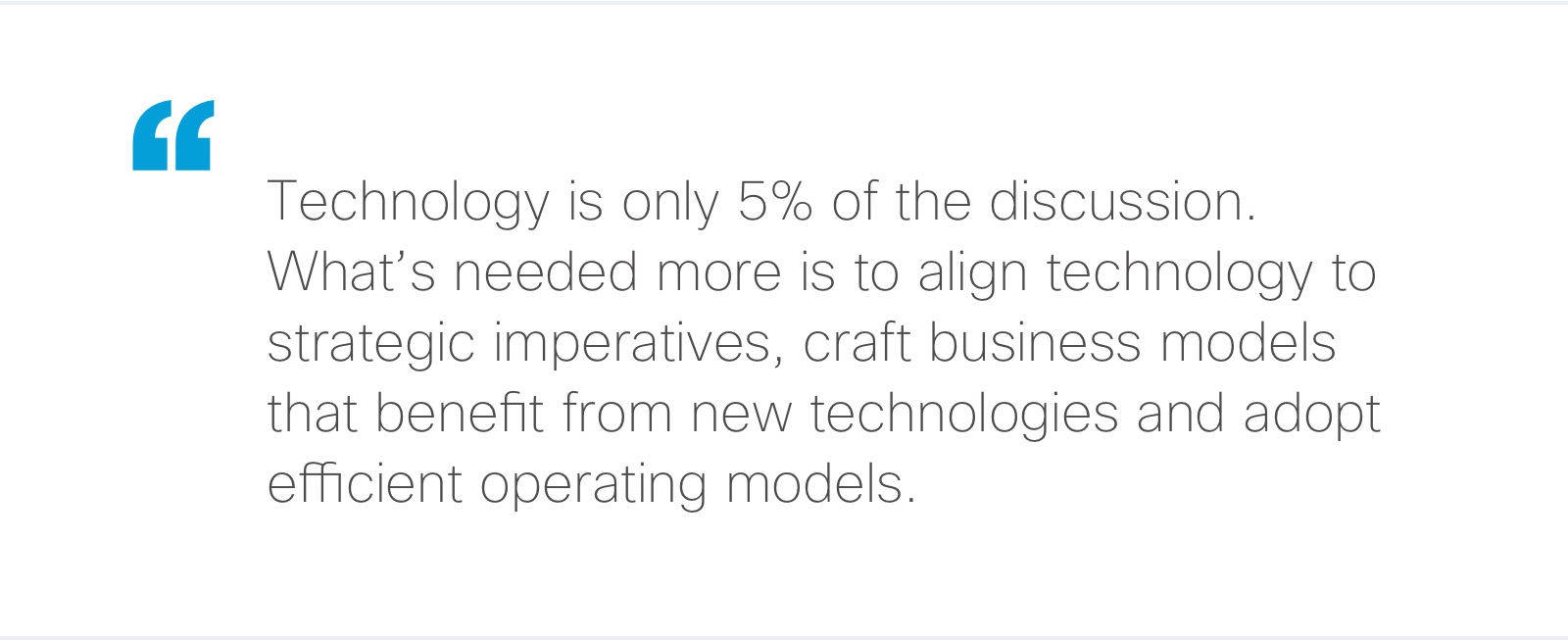
As EMEAR Lead for the Cisco CX Advisory team, Dany has guided dozens of successful digital transformations for government entities and large corporations across Europe, the Middle East and Africa.
We had the chance to talk with Dany, who shared his step-by-step advice for organizations looking to embark on their own digital transformations.
Cisco CX Advisory at a Glance
- The Cisco CX Advisory team helps customers bridge the gap between technology solutions and business outcomes.
- Advisors work closely with customers to design holistic digital strategies based on the organization’s business strategy.
- The team then translates this strategy into a digital business model, a technology architecture, and a robust operating model.
- They also plan and guide implementations; monitoring KPIs, helping preempt risk and building any required capabilities.
- Advisory projects are delivered at considerable scale, such as the soon-to-be-completed smart city Expo2020 in Dubai and a digital transformation project with BBVA, one of Spain’s largest banks.
Step 1
Develop a clear vision of your business objectives
Transformation project leads are under enormous pressure to produce quick results, often to deliver specific technologies, like 5G, machine learning or IoT smart services. As a result, project plans jump too quickly to scoping technical requirements, without enough upfront work to align on business drivers and intended outcomes. Currently 62% of executives setting KPIs without first understanding their business challenges.
This technology-focused planning often leads organizations to spend large amounts of money on selection and deployment of solutions that don’t contribute to their broader business strategy or deliver results.
Dany’s solution?
Take the time to establish a clear vision and set goals aligned to your business strategy before getting too caught up in the technical details of a project.
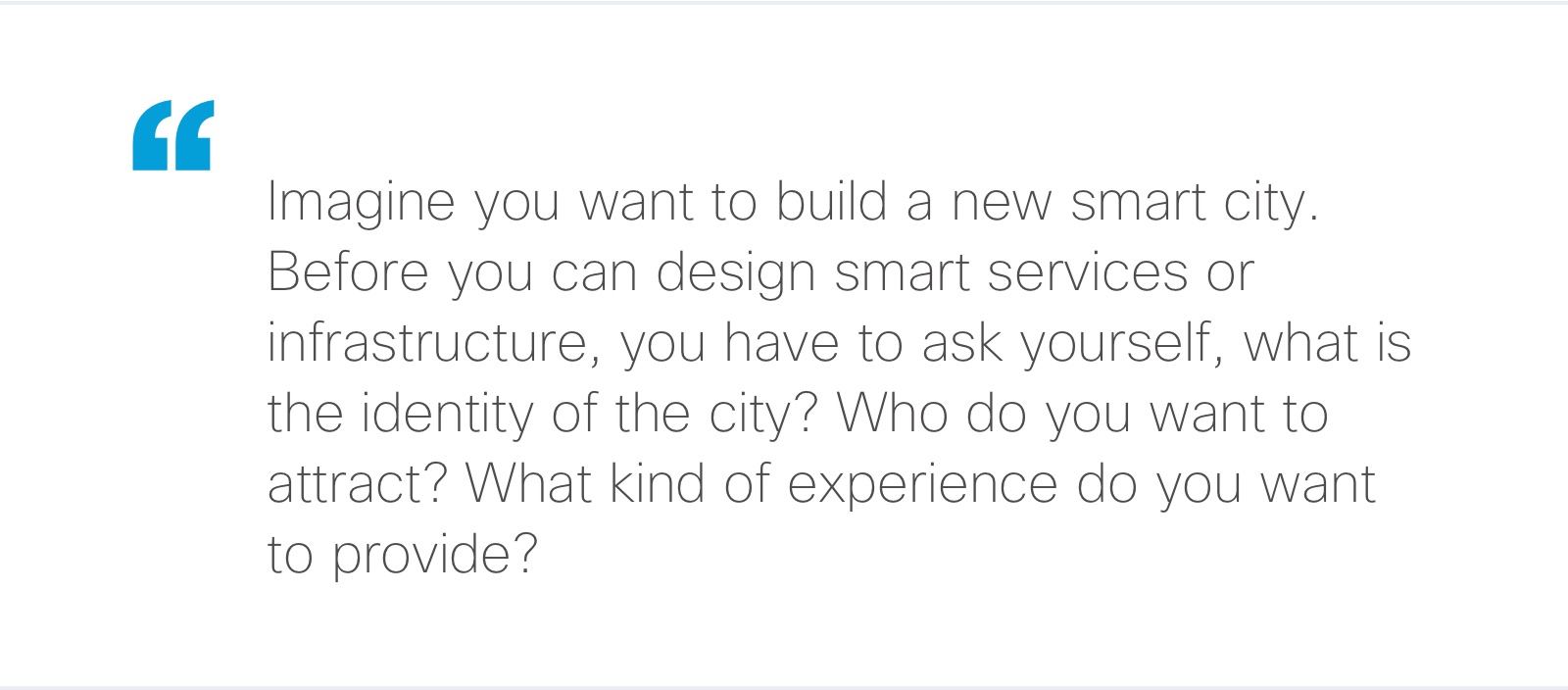
Every digital transformation is unique, and every market has its own set of challenges and opportunities which need to be addressed when planning a project.
Dany highlights the unique context of digital transformations in Saudi Arabia to illustrate this.
“Saudi Arabia wants to move away from its dependency on oil, which they’ve outlined in their Vision 2030. As a result, we’re seeing huge transformations to digitize the public sector as well as the development of new smart cities and smart destinations that will create opportunities and drive revenue.”
To help clearly define a customer’s business goals, the Advisory team develops a thorough understanding of their market, industry vertical and differentiated capabilities during the exploration phase of a project. To do this the team spends large amounts of time on the ground at customer sites with extensive stakeholder interaction.
“I would never go to a customer with a vanilla brochure on our capabilities, and I would never sit down in a meeting and start the conversation with technology.
You have to understand their market trends, their business objectives, their challenges and their end-users. We go to our customers and speak their language, which is a game changer.”
Step 2
Ground your strategy in reality

While upfront planning is essential, Dany emphasizes these plans must be grounded in reality, and every strategy must be executable.
“You don’t want to design things for the sake of designing them. You must be pragmatic, taking into account what works for the customer with their current setup, capabilities, and market constraints.”
This is particularly important for brownfield projects, involving development on top of an existing legacy system, which can pose unique challenges.
“In greenfield projects there’s no change management, so you have a degree of agility. With brownfield, you have a lot of legacy technologies, silos and cultural challenges, and you also have to make sure your existing systems keep running smoothly.
You need what we call a ‘perform and transform’ model, with both streams running in parallel. While you are migrating and building, you’re still maintaining business as usual.”
Step 3
Make sure all your stakeholders are on board

Early stakeholder involvement is crucial to developing a singular, clear vision. Organizations are becoming increasingly aware of the importance of executive buy-in to digital transformation success, and participating committees are expanding as a result.
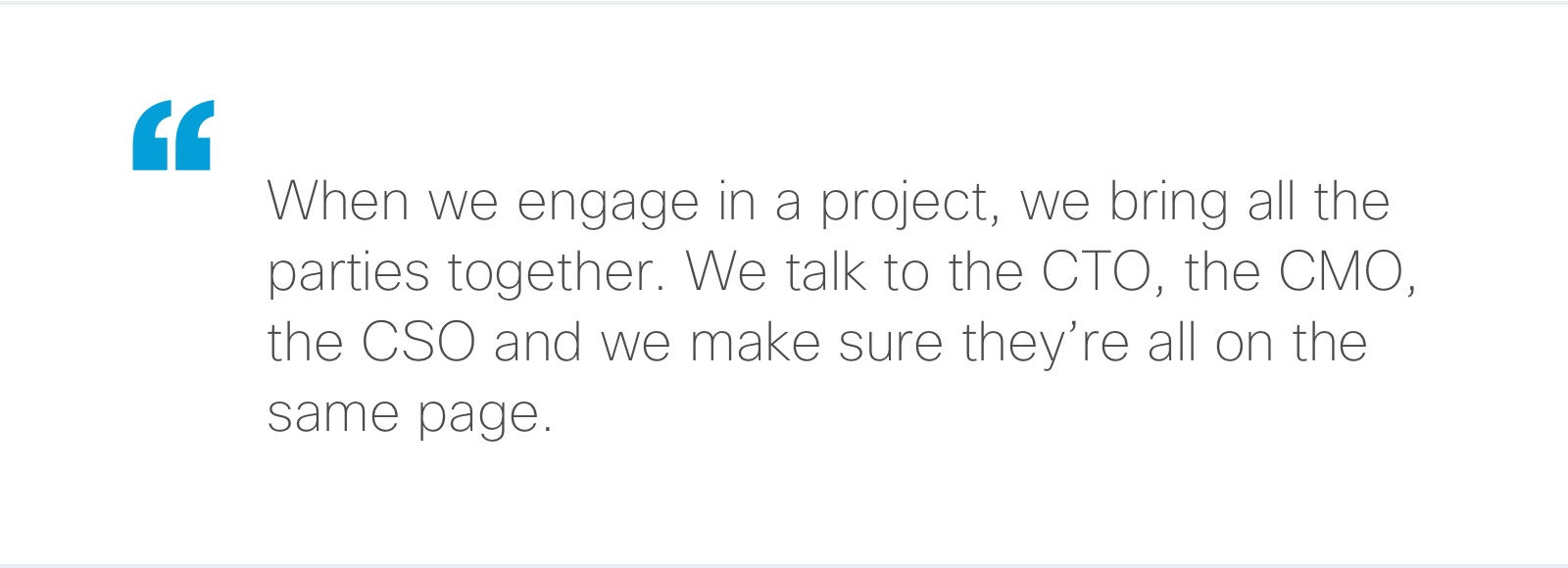
C-suite should also collaborate with their staff to gain frontline perspectives and ensure the team is invested in the transformation. Early buy-in ensures technology and operating models are adopted smoothly upon implementation, avoiding the emergence of shadow IT and delivering value from investments more quickly.
For Dany, this close collaboration between his team and the customer is vital to a project’s success, and what motivates him to get up in the morning.
“The talent we have in team is top notch, I’m so grateful for that. They are obsessed by the success of our customers. They’re passionate about being in the field, about projecting themselves into the shoes of customers and solving their problems. It’s where the magic happens.”
Step 4
Work with an advisor who embraces an ecosystem of partners
There’s rarely a single technology or provider that meets the broad requirements of a digital transformation. Often, organizations need to stitch together a network of solutions from different providers to reach their business outcomes. Few IT leaders want to take on this additional burden for their project, having to manage an unwieldy partner ecosystem or play the role of system integrator.
Cisco Advisory’s answer to this challenge is to develop a multivendor, birds-eye view of the project. The team matches management consultants with solution architects who have broad experience across a range of technologies.
From this overarching position, Cisco can operate as a lead vendor, managing a project’s partner ecosystem to recommend the best solution for the customer. This can mean going with a solution from a category Cisco doesn’t cover, but the focus is ultimately on ensuring best-fit, compatible technologies are in place to deliver results.
Step 5
Choose a vendor who will go on the voyage with you

When a company wants to make a big digital transformation, it’s natural to turn to one of the big consulting firms who can do the ‘big picture’ thinking and make recommendations. Many customers have found that while these consultancies are great at creating a strategy, they typically don’t have the capabilities to help make that strategy a reality.
Dany spent much of his early career working at consultancies like Capgemini and PwC’s global strategy consulting team, Strategy&. It was here that he recognized the growing need for a more pragmatic approach.
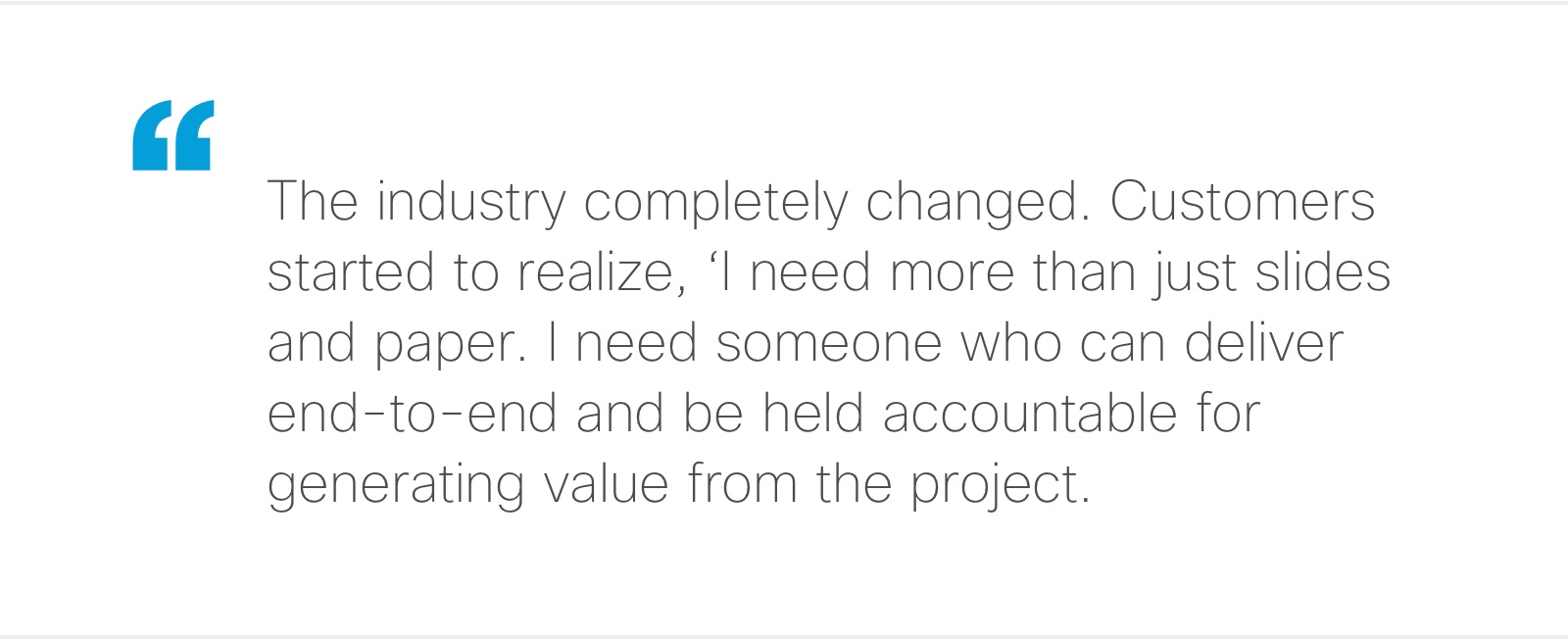
This is why Cisco CX Advisory was created. The team helps bridge the gap, combining management consulting with on-the-ground technology expertise. Together, they handle the transformation end-to-end, from the definition of the strategic vision to designing solution architectures, to working through implementation and beyond. This guidance is supported by Cisco’s history as a technology innovator and solution implementer – so organizations know the strategies work in the real world.
“This is one of our main differentiators, we walk our customers through the journey. Not only do we understand their problems, but we are pragmatic and concrete, we know what works and what doesn’t.”
Step 6
Reach out for talent if you need it

Shortages of the latest digital talent are a huge hurdle in many transformations. Even if organizations can find the right candidates in areas like cloud, IoT and security at a reasonable salary, most CIOs don’t have the headcount or budget to recruit more full-time employees, particularly when a project phase may only last six-months.
Reskilling existing staff can help but isn’t always possible when dealing with a broad knowledge gap, “You cannot take an engineer and make them a software expert overnight,” notes Dany.
The most practical option is for organizations to make use of their existing relationships with larger tech vendors. As partners, these vendors can fill skills shortages and add value through professional and managed services, and by providing technical support. They’re also able to upskill a company’s talent pool while working together, and by transferring knowledge and providing formal training.
Beyond Technology
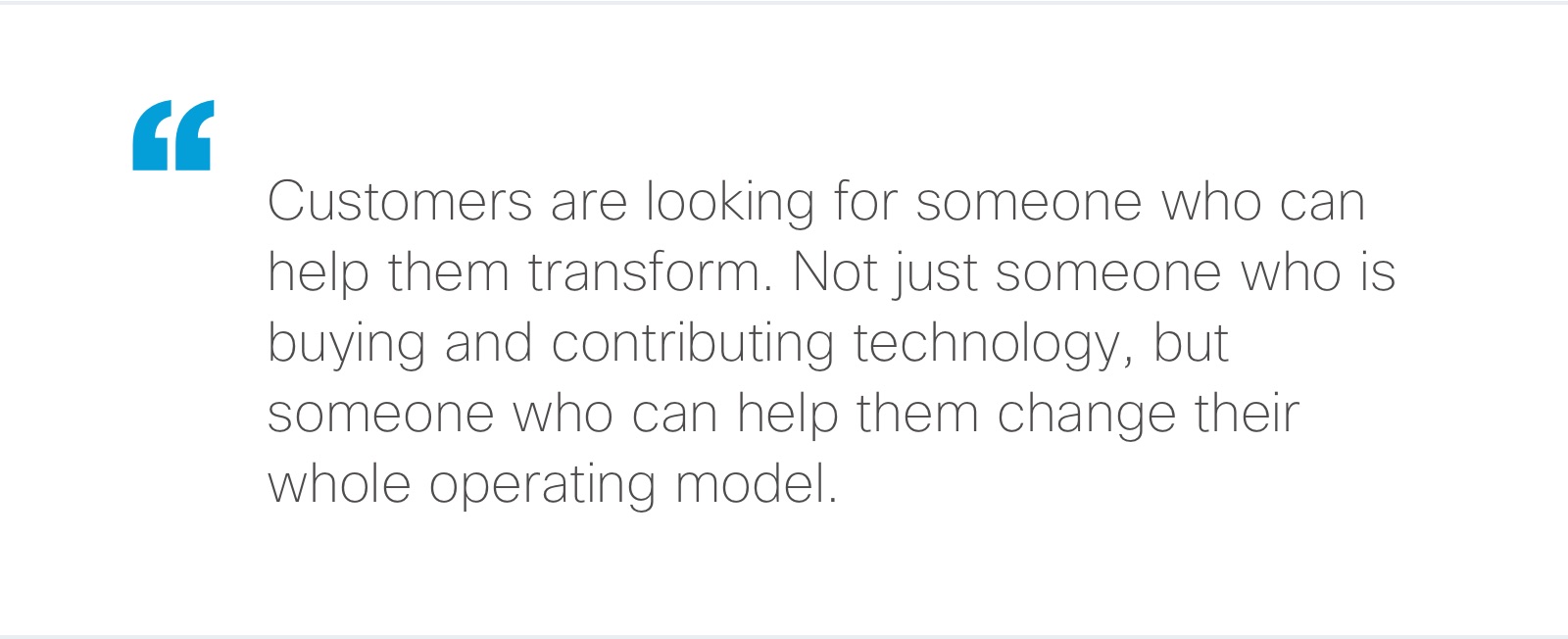
For transformation to be truly effective, businesses need more than just great solutions. They need to embrace holistic change, from technology and business processes, to talent acquisition, governance and performance management.
By developing a clear vision, a practical strategy, and collaborating with stakeholders and partners for help, enterprises can take the necessary steps to thrive in the era of digital business.
Want to learn more about Cisco CX Advisory? Find out more
Take a look at some of the results we’ve achieved with our customers: View the results
Want to talk to an expert about an enterprise digital transformation project? Dany’s team may be able to help. Email us here for a quick consultation.


Great article! I especially agree with the importance of a talent strategy – this is the greatest hurdle organisations are facing in orchestrating, delivering and adopting the value of their well defined digital strategies. There are some great, creative examples of talent transformation success achieved with pioneering customers that we can learn from: whether it is in implementing inter-company talent exchanges e.g. https://www.youtube.com/watch?v=QprU3X83dFc or from how to embed adoption of innovative learning on demand platforms such as https://digital-learning.cisco.com/